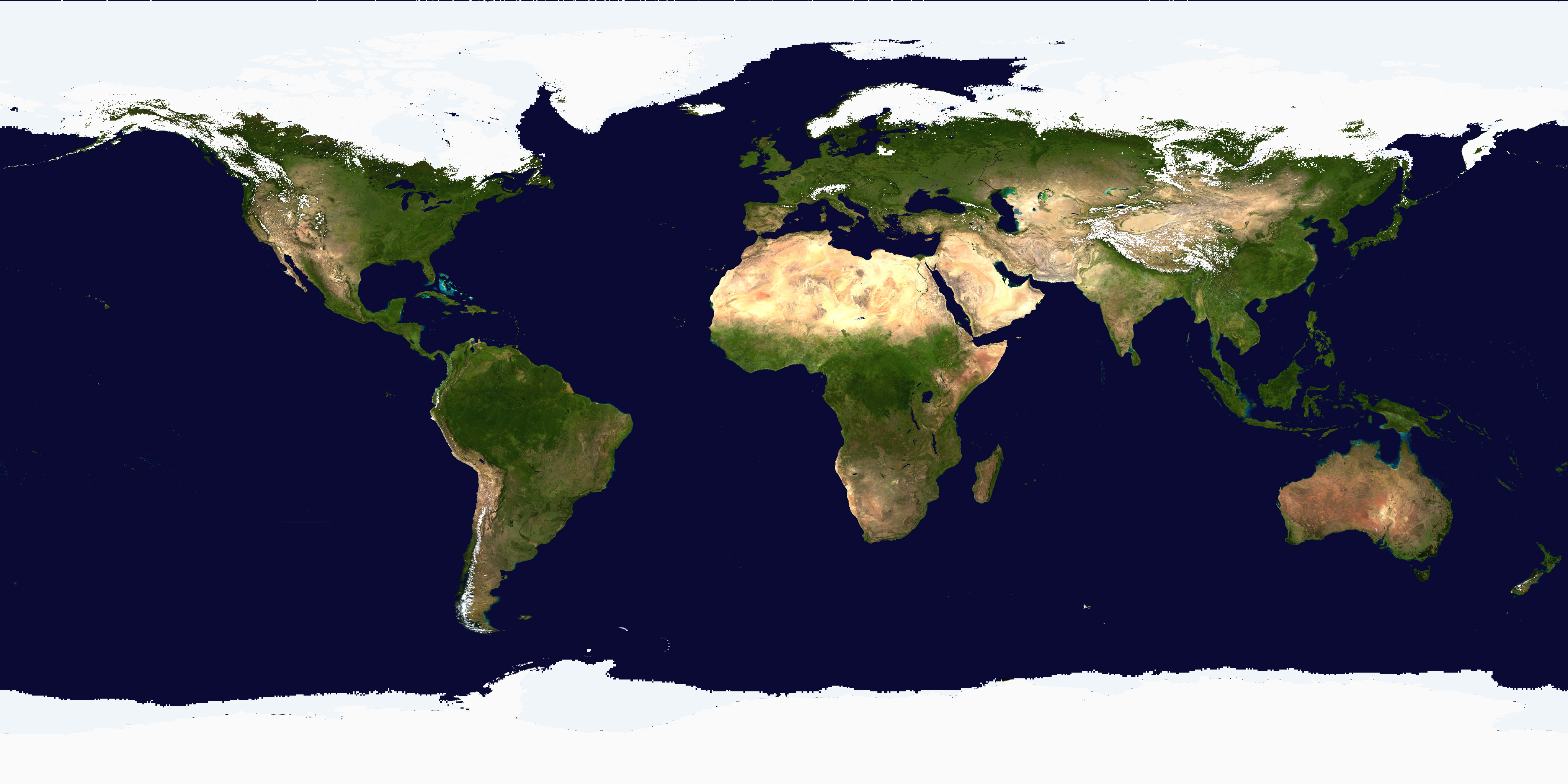The US National Oceanic and Atmospheric Administration’s Environmental Visualization Laboratory publishes this world map showing snow and ice cover daily.

 Dan Beuttner for the New York Times Magazine writes about a particularly healthy lifestyle on  an isolated Greek island:
Dan Beuttner for the New York Times Magazine writes about a particularly healthy lifestyle on  an isolated Greek island:
Pointing across the Aegean toward the neighboring island of Samos, he said: “Just 15 kilometers over there is a completely different world. There they are much more developed. There are high-rises and resorts and homes worth a million euros. In Samos, they care about money. Here, we don’t. For the many religious and cultural holidays, people pool their money and buy food and wine. If there is money left over, they give it to the poor. It’s not a ‘me’ place. It’s an ‘us’ place.â€
The island is named after Icarus, the mythical flier whose foolish ambition led to an early demise. The inhabitants of Ikaria appear to have taken the lesson to heart.
Penn State environmental engineering researchers discovered a way to utilize methanogenic archaea microbes to turn electricity directly to methane. The process is claimed to be 80% efficient and, if used to store wind and solar generated power for gas fueled power plants, could be carbon neutral if carbon dioxide exhaust is used to feed the microbes for further methane generation.
The chemical reaction from burning methane is pretty simple:
CH4 + 2(O2) →  2(H2O) + CO2 + heat
The electromethanogenesis reaction from archaea-coated biocathode electrodes reverses what happens when methane is burned:
2(H2O) + CO2 + electricity → CH4 + 2(O2)
A peer reviewed abstract dated last Wednesday is on the American Chemical Society site.